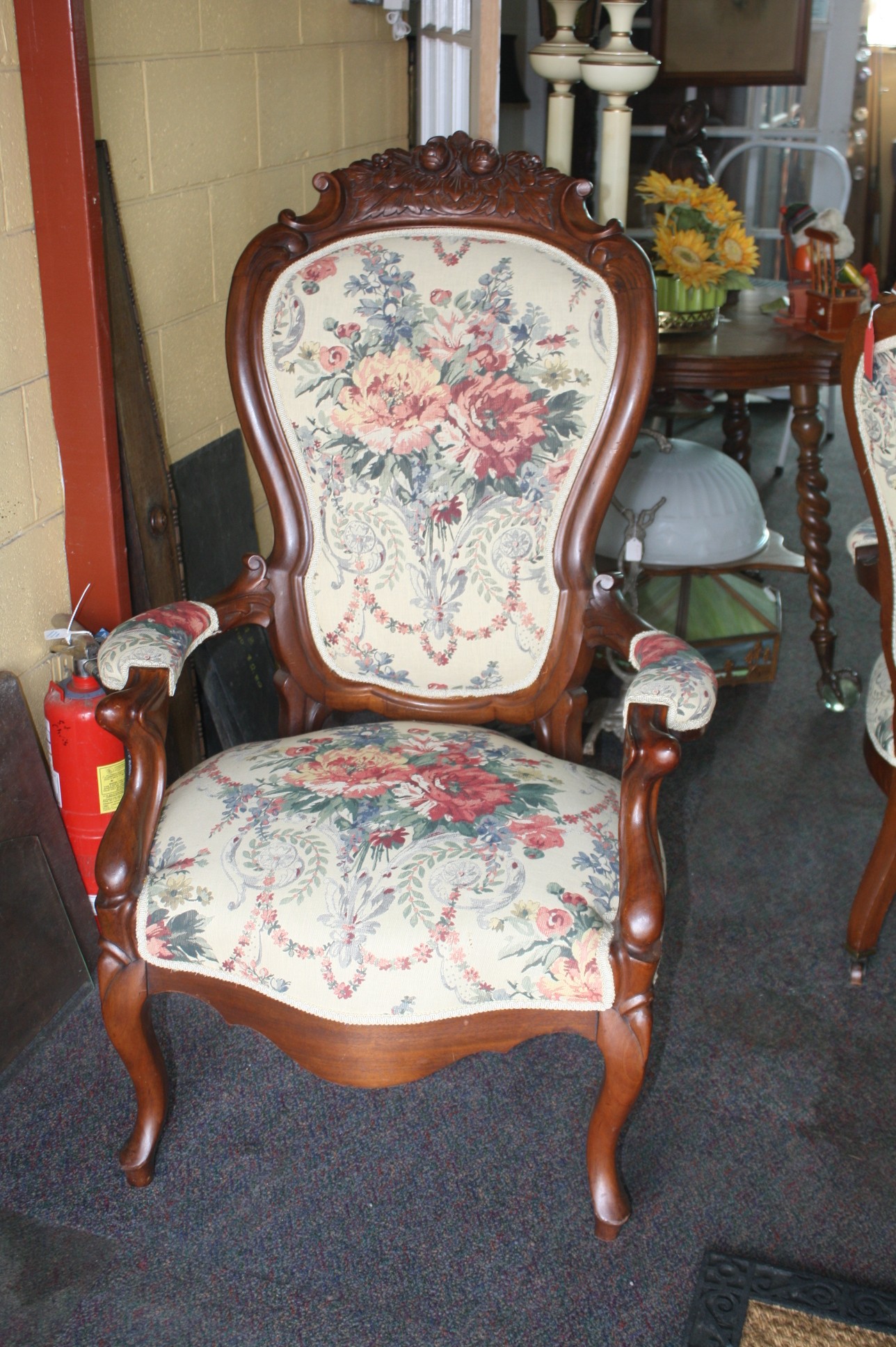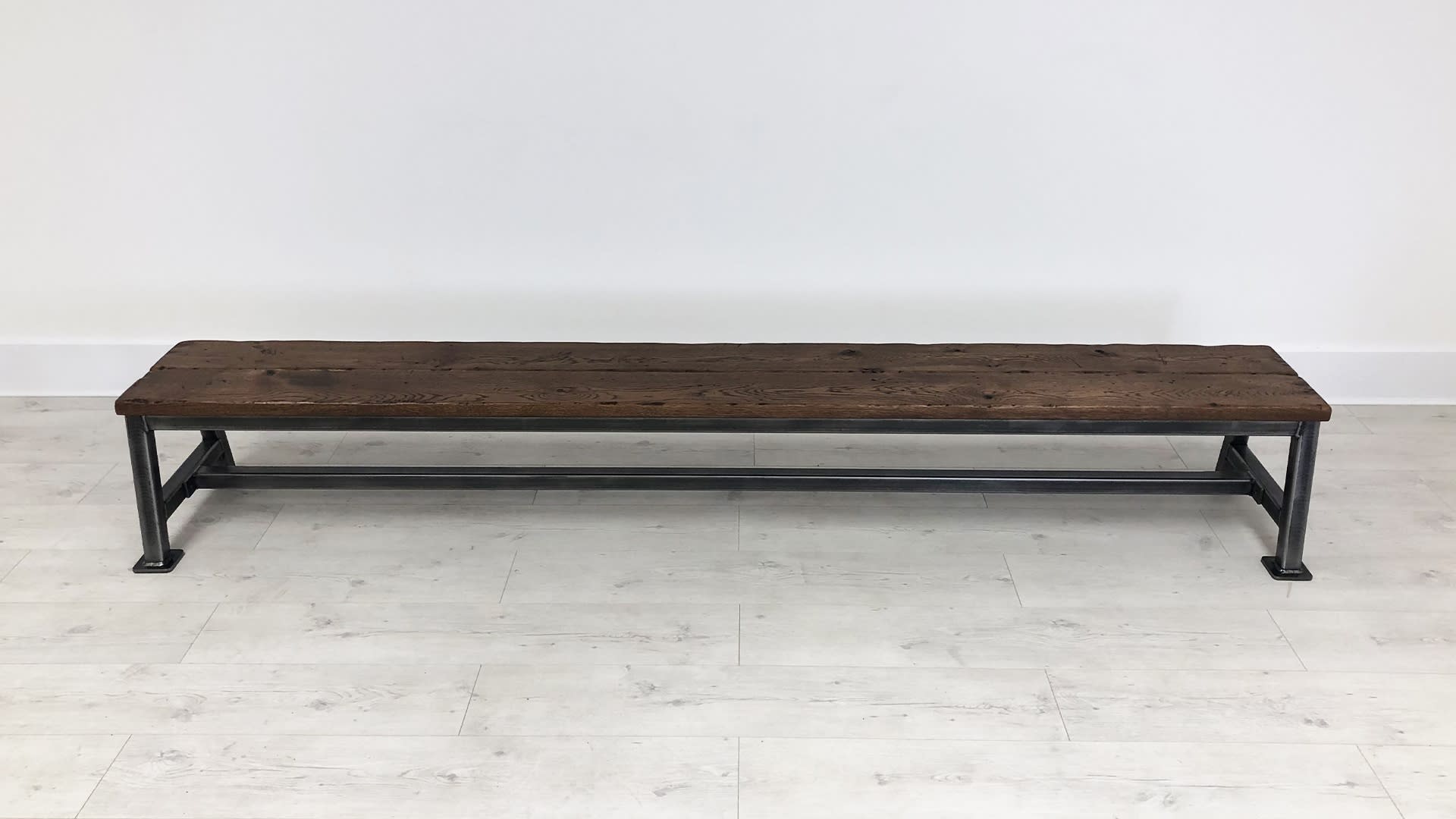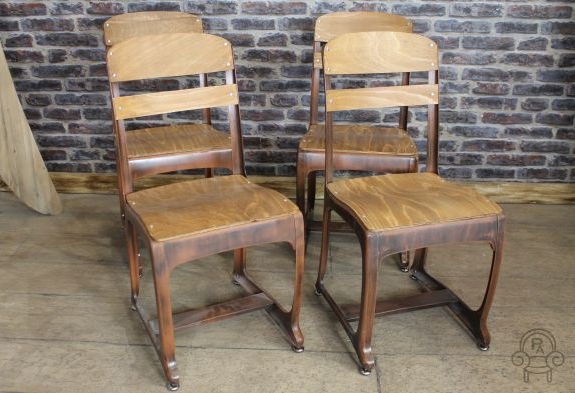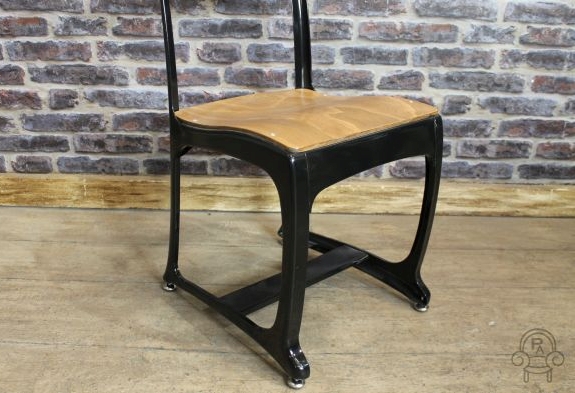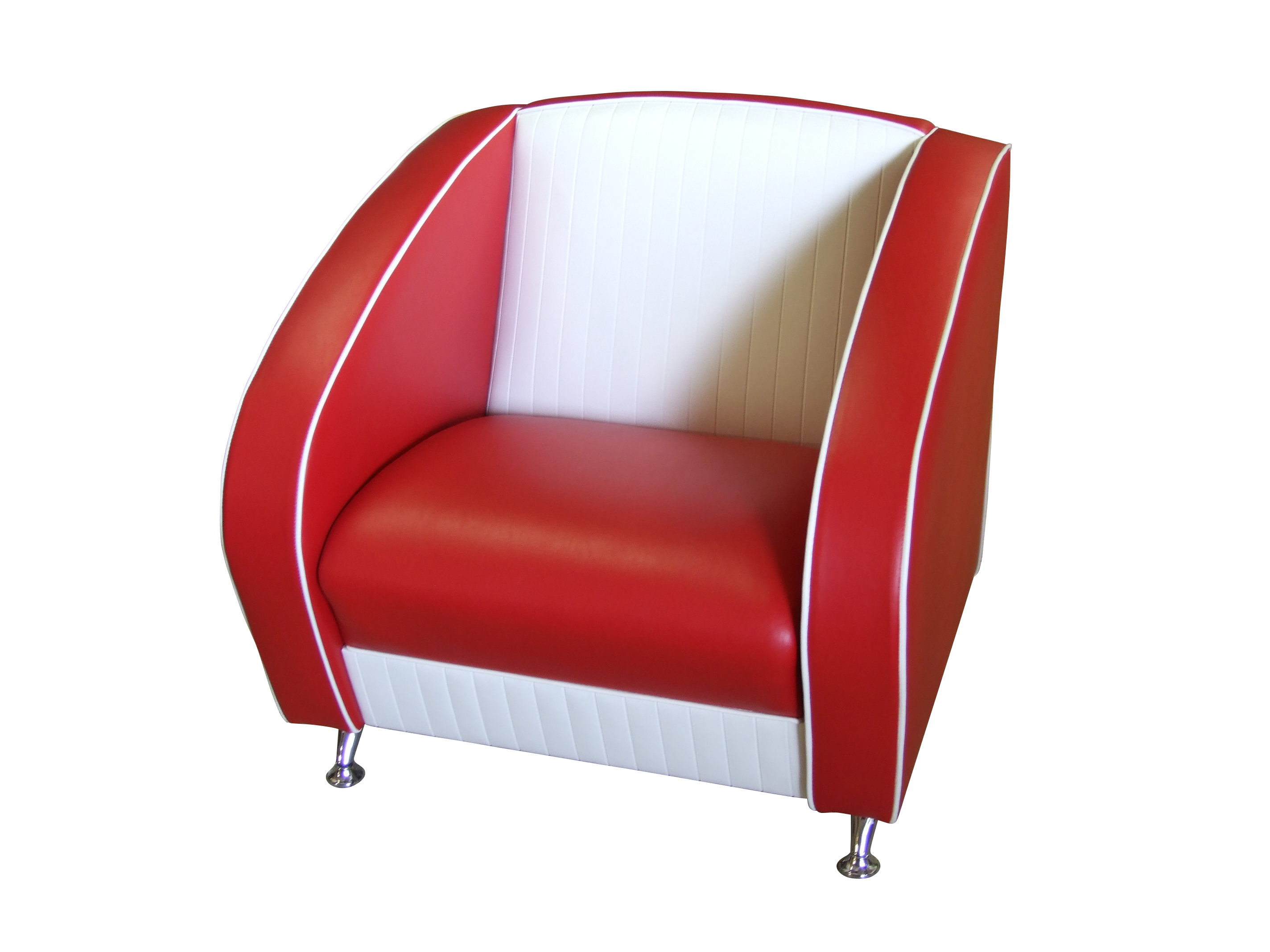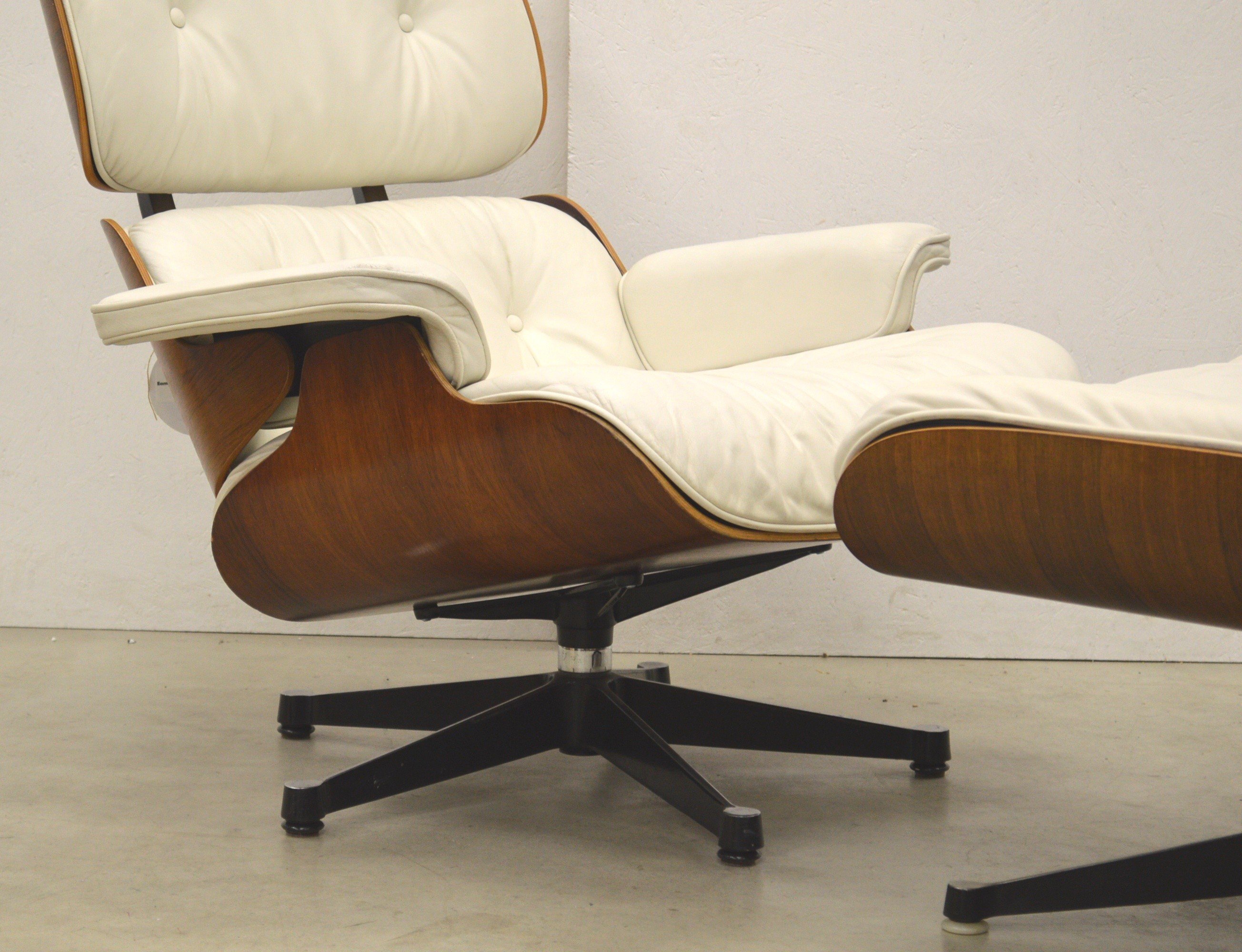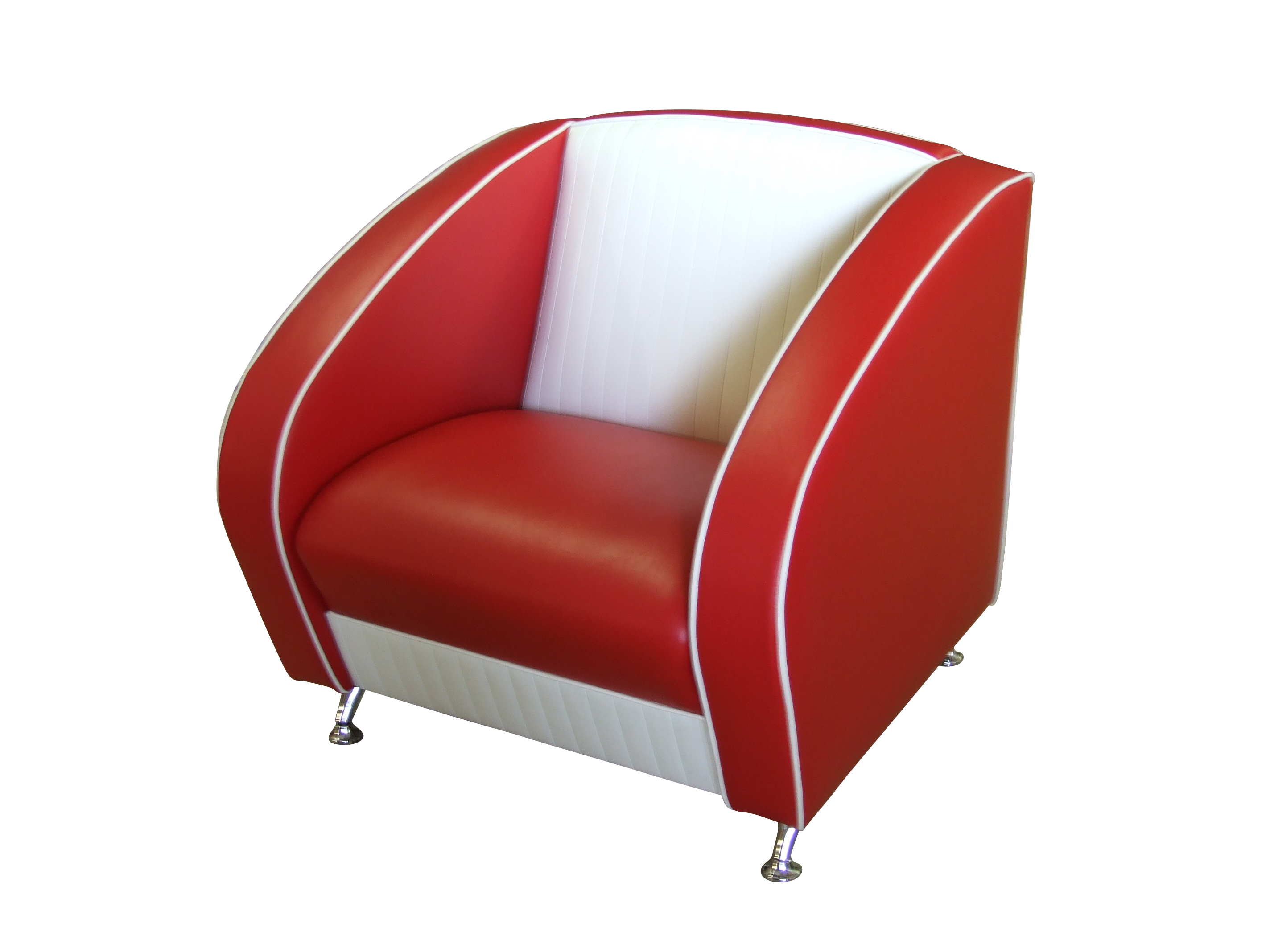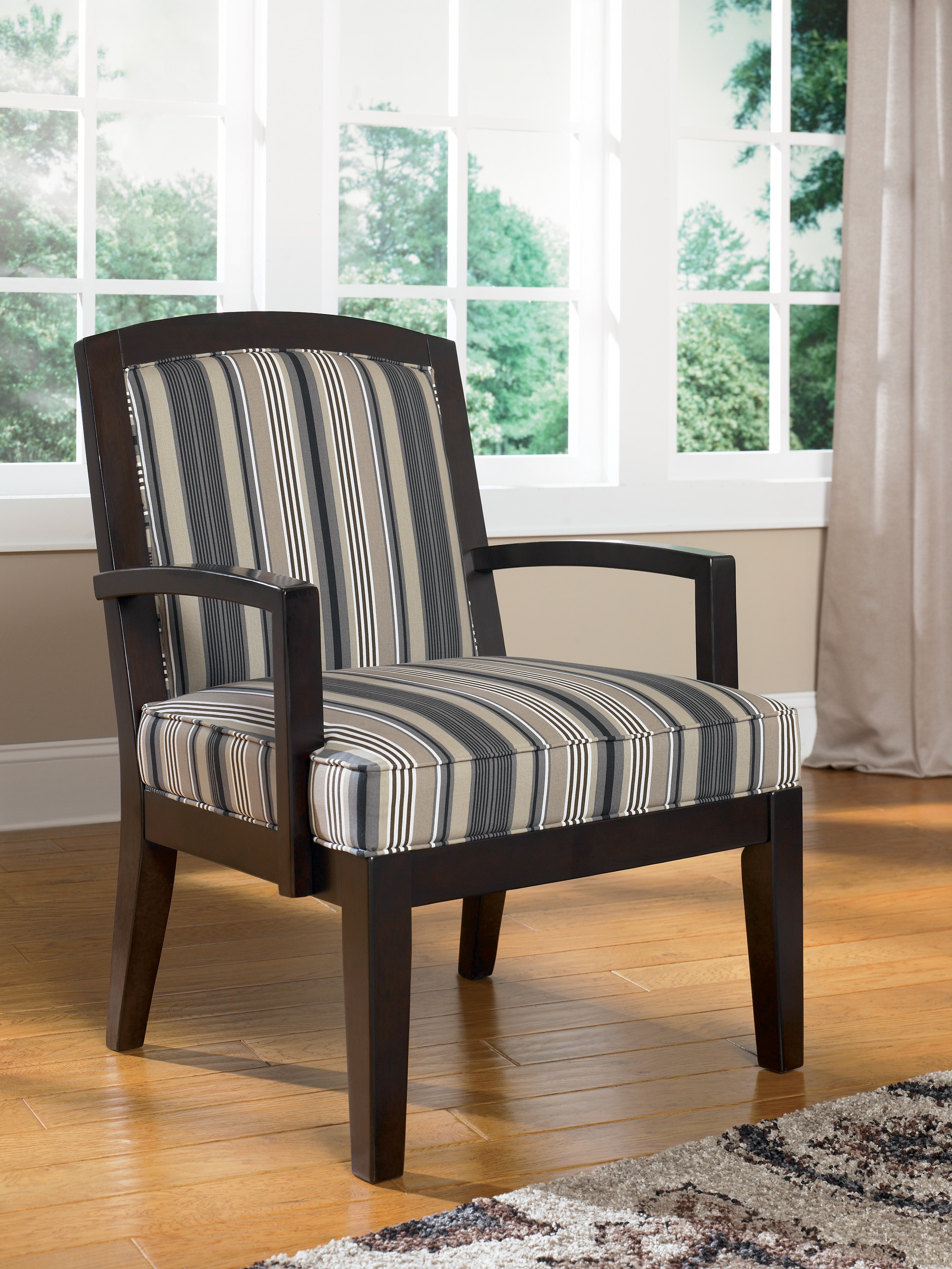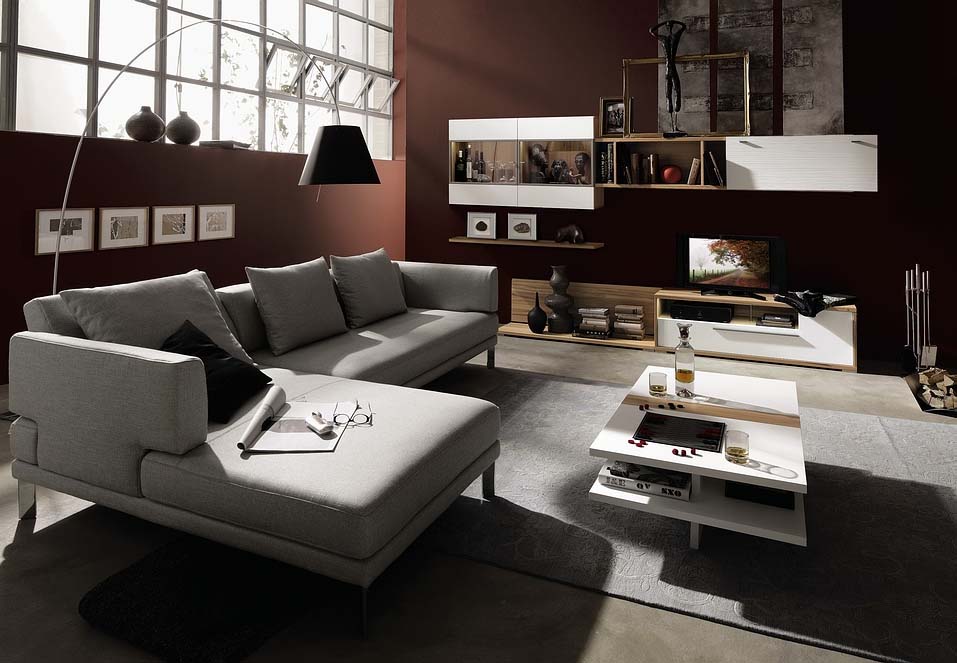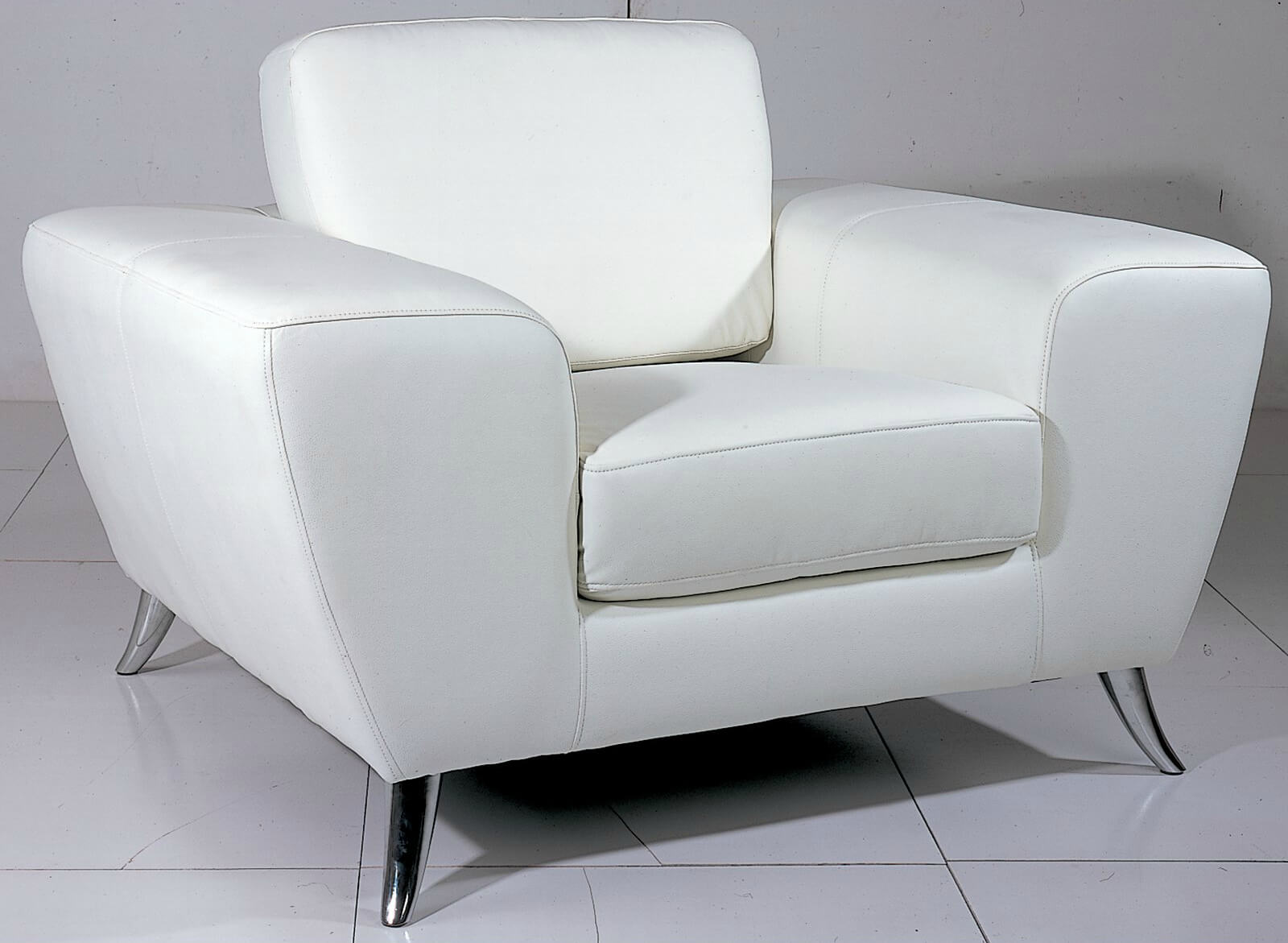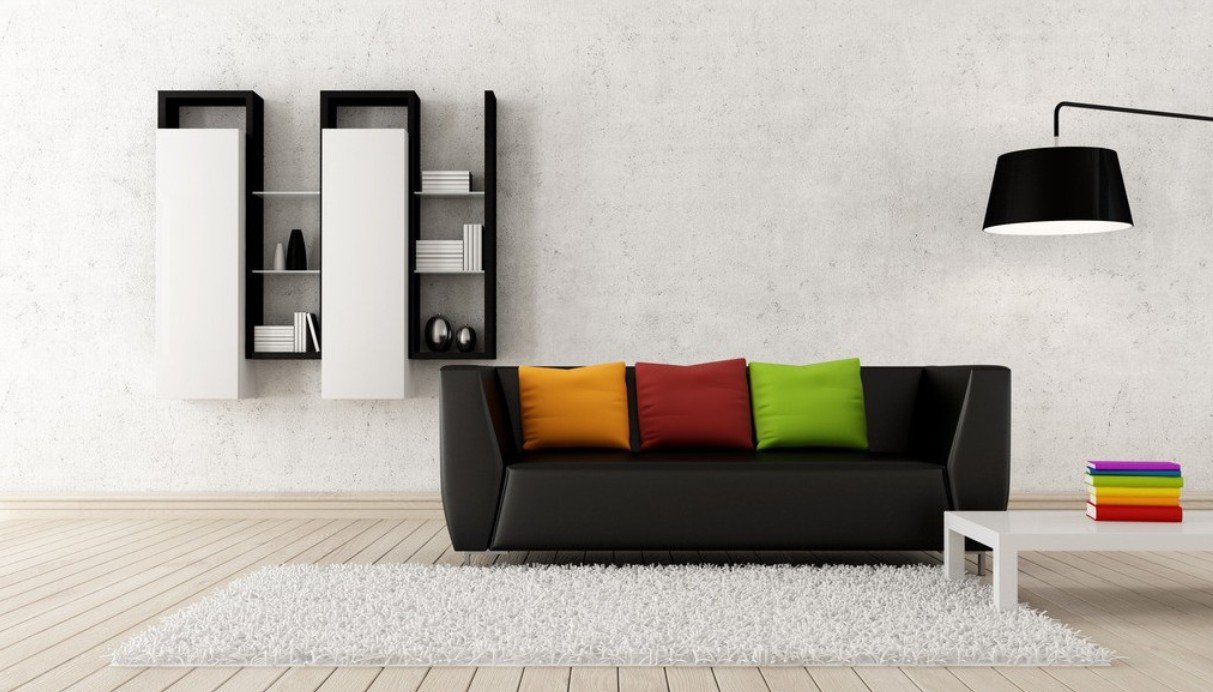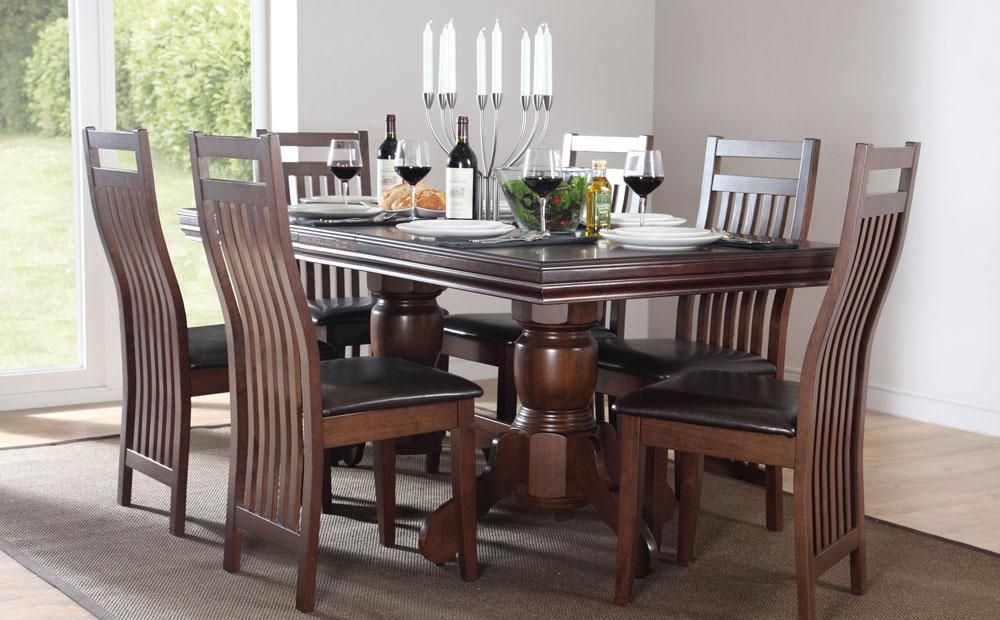Mid-Century Modern Chairs
The mid-century modern style emerged in the mid-20th century and is still popular in today's interior design. This style is characterized by clean lines, geometric shapes, and a minimalist approach. Mid-century modern chairs are a perfect addition to any living room, adding a touch of retro charm while still maintaining a contemporary feel.
One of the most iconic mid-century modern chairs is the Eames Lounge Chair, designed by Charles and Ray Eames in 1956. This chair features a sleek, curved plywood frame with leather upholstery, making it both functional and visually appealing. It has become a staple in mid-century modern design and is a must-have for any home.
Other popular mid-century modern chairs include the Wassily Chair designed by Marcel Breuer, the Egg Chair designed by Arne Jacobsen, and the Tulip Chair designed by Eero Saarinen. These chairs all embody the clean lines and geometric shapes that are characteristic of the style, making them timeless pieces that will never go out of fashion.
Art Deco Armchairs
The Art Deco movement, popular in the 1920s and 1930s, was a glamorous and luxurious style that influenced many areas of design, including furniture. Art Deco armchairs feature bold, geometric shapes, rich colors, and luxurious materials such as velvet and leather.
The Bauhaus Chair, designed by Marcel Breuer in 1925, is a prime example of an Art Deco armchair. It features a sleek, tubular steel frame and leather upholstery, combining both form and function. Another famous Art Deco armchair is the LC2 Grand Confort Chair designed by Le Corbusier, which is known for its clean lines and use of luxurious materials.
Art Deco armchairs are a statement piece in any living room and will add a touch of glamour and sophistication to your space.
Bauhaus Lounge Chairs
The Bauhaus movement, which originated in Germany in the early 20th century, focused on combining art and technology to create functional and aesthetically pleasing designs. Bauhaus lounge chairs are known for their sleek, minimalist designs and use of modern materials such as steel and leather.
The Barcelona Chair, designed by Ludwig Mies van der Rohe and Lilly Reich in 1929, is a perfect representation of the Bauhaus style. It features a stainless steel frame and leather upholstery, creating a timeless and elegant piece of furniture. Another iconic Bauhaus lounge chair is the Wassily Chair, designed by Marcel Breuer, which is known for its tubular steel frame and unique design.
Adding a Bauhaus lounge chair to your living room will not only add a touch of modernity but also a piece of design history.
Streamline Moderne Seating
Streamline Moderne, also known as Art Moderne, was a style that emerged in the 1930s and was influenced by the Art Deco movement. It is characterized by its streamlined, aerodynamic shapes and use of materials such as chrome and glass. Streamline Moderne seating often features curved and rounded lines, giving it a sleek and futuristic appearance.
The LC4 Chaise Lounge, designed by Le Corbusier, Pierre Jeanneret, and Charlotte Perriand in 1928, is a perfect example of Streamline Moderne seating. It features a curved, tubular frame and leather upholstery, creating a sense of movement and elegance. Another iconic Streamline Moderne chair is the Eileen Gray Bibendum Chair, known for its curved chrome frame and plush leather cushions.
Streamline Moderne seating will add a touch of sophistication and modernity to your living room, making it a great addition to any home.
Scandinavian Design Chairs
Scandinavian design emerged in the 1950s and is known for its simplicity, functionality, and minimalism. Scandinavian design chairs often feature clean lines, natural materials, and a neutral color palette, creating a cozy and welcoming atmosphere in any living room.
The Wishbone Chair, designed by Hans J. Wegner in 1949, is a prime example of Scandinavian design. It features a simple, yet elegant, design with a curved backrest and woven seat. The Papa Bear Chair, designed by Hans J. Wegner, is also a popular Scandinavian design chair, known for its oversized armrests and comfortable cushioning.
With its emphasis on functionality and simplicity, Scandinavian design chairs will add a touch of warmth and coziness to your living room.
Colonial Revival Armchairs
The Colonial Revival style emerged in the late 19th century and was influenced by the traditional designs of colonial America. Colonial Revival armchairs often feature ornate carvings, rich woods, and detailed upholstery, creating a sense of elegance and sophistication.
The Wingback Chair is a classic example of a Colonial Revival armchair, known for its high back and winged sides. It was originally designed to protect the sitter from drafts in old, drafty homes. Another popular Colonial Revival armchair is the Chippendale Chair, known for its intricately carved details and elegant lines.
Adding a Colonial Revival armchair to your living room will add a touch of traditional charm and sophistication to your space.
Victorian Parlor Chairs
The Victorian era, spanning from the mid-19th century to the early 20th century, was a time of opulence and grandeur in design. Victorian parlor chairs are known for their ornate carvings, luxurious fabrics, and intricate details.
The Victorian Armchair is a classic example of a Victorian parlor chair, with its high back, curved arms, and detailed carvings. Another popular Victorian parlor chair is the Victorian Slipper Chair, known for its low profile and elegant curves.
Victorian parlor chairs will add a touch of elegance and grandeur to any living room, making them a perfect addition to traditional or vintage-inspired spaces.
Industrial Style Seating
The industrial style emerged in the late 19th and early 20th century and is characterized by its use of raw, unfinished materials such as metal and wood. Industrial style seating often features a combination of these materials, creating a rustic and edgy look.
The Tolix Chair, designed by Xavier Pauchard in the 1930s, is a popular industrial style chair known for its galvanized steel frame and simple design. The Eames Wire Chair, designed by Charles and Ray Eames in 1951, is also a popular choice for industrial style seating, featuring a wire frame and leather seat.
Industrial style seating will add a touch of edginess and character to your living room, making it a great choice for modern and contemporary spaces.
Retro Lounge Chairs
Retro style, often associated with the 1950s and 1960s, is all about bold colors, funky patterns, and playful designs. Retro lounge chairs often feature bright colors, unique shapes, and playful details, adding a touch of nostalgia and fun to any living room.
The Ball Chair, designed by Eero Aarnio in 1963, is an iconic retro lounge chair known for its spherical shape and bright colors. The Panton Chair, designed by Verner Panton, is also a popular choice for retro style seating, with its curvy, futuristic design.
Retro lounge chairs are a great way to add a pop of color and personality to your living room, making it a fun and inviting space.
Contemporary Living Room Chairs
Contemporary design is a blend of different styles and trends, making it ever-evolving and versatile. Contemporary living room chairs can encompass a wide range of styles, from modern to traditional, making them a perfect choice for those who want to mix and match different elements in their living room.
The Wingback Chair, with its traditional design and modern fabrics, can be considered a contemporary living room chair. The Ghost Chair, designed by Philippe Starck, is another popular choice for contemporary seating, with its transparent acrylic frame and modern design.
Contemporary living room chairs will add a touch of uniqueness and creativity to your space, making it a true reflection of your personal style.
20th Century Living Room Chair Styles

The Evolution of Living Room Chairs
 Chairs are an essential part of any living room, providing both comfort and style. Over the course of the 20th century, there have been significant developments in living room chair design, reflecting changes in technology, materials, and cultural trends. Let's take a journey through the decades and explore the different styles of living room chairs that have graced homes throughout the 20th century.
Chairs are an essential part of any living room, providing both comfort and style. Over the course of the 20th century, there have been significant developments in living room chair design, reflecting changes in technology, materials, and cultural trends. Let's take a journey through the decades and explore the different styles of living room chairs that have graced homes throughout the 20th century.
1900s-1920s: The Victorian Era
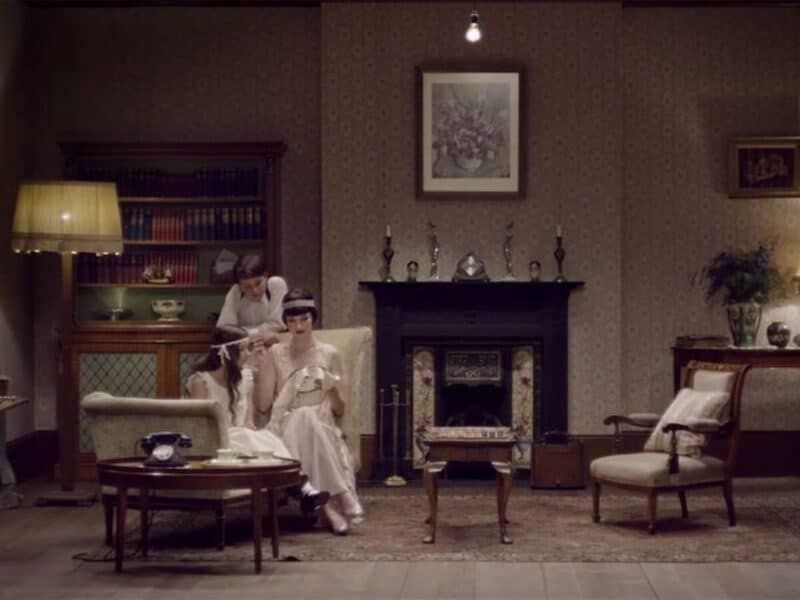 At the turn of the century, living room chairs were heavily influenced by the Victorian era, characterized by ornate and intricate designs. These chairs were often made of dark, rich woods and featured intricate carvings and detailed upholstery. They were large and sturdy, reflecting the importance of formality and grandeur during this time period.
Keywords: Victorian era, ornate, intricate designs, dark woods, carvings, formality, grandeur
At the turn of the century, living room chairs were heavily influenced by the Victorian era, characterized by ornate and intricate designs. These chairs were often made of dark, rich woods and featured intricate carvings and detailed upholstery. They were large and sturdy, reflecting the importance of formality and grandeur during this time period.
Keywords: Victorian era, ornate, intricate designs, dark woods, carvings, formality, grandeur
1930s-1950s: The Modern Movement
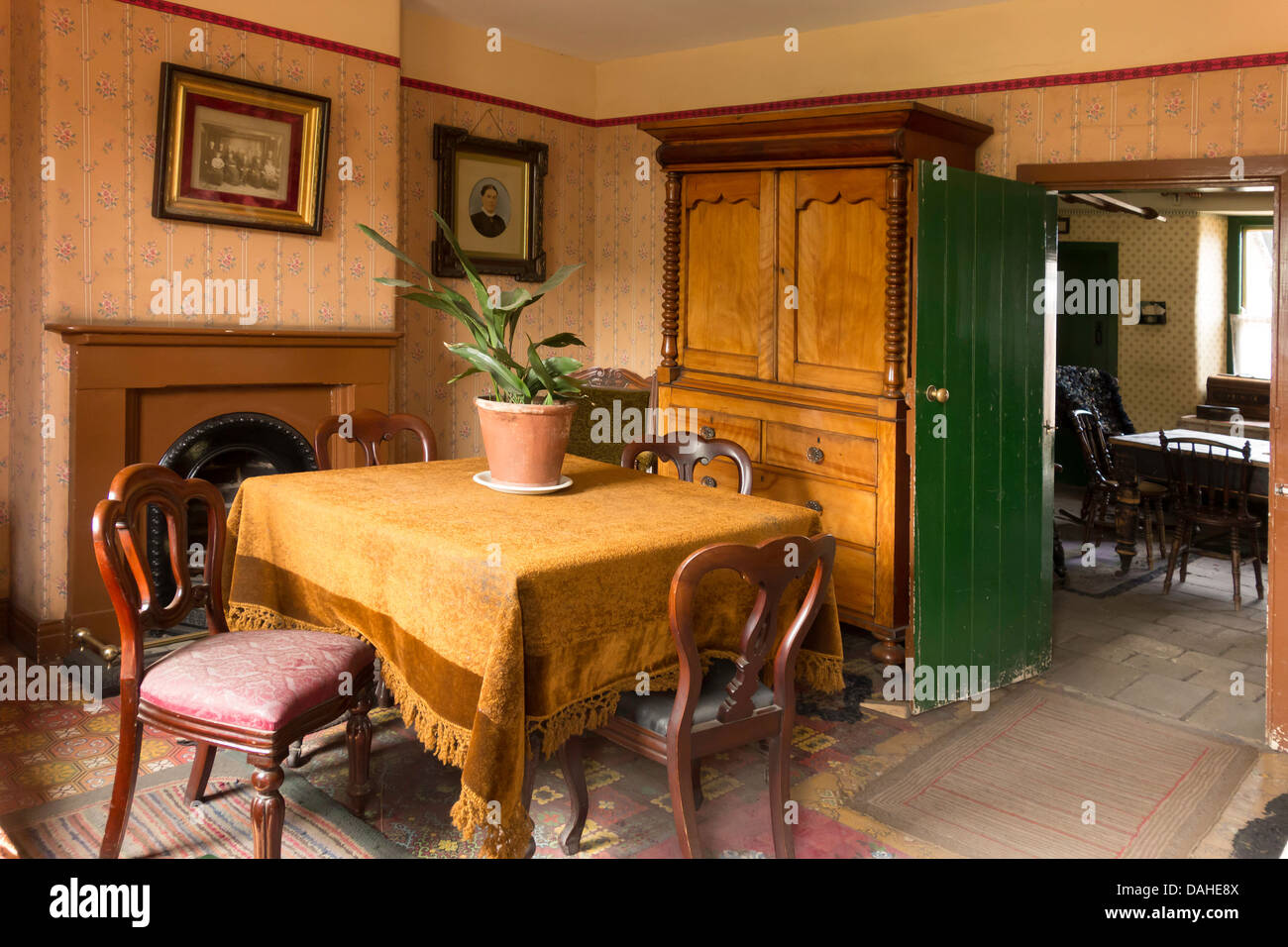 The modern movement of the early 20th century brought about a significant shift in living room chair design. Functionality and simplicity were emphasized, with a focus on clean lines and geometric shapes. Materials such as metal and plastic were introduced, and bold, vibrant colors became popular. This era also saw the rise of iconic designs such as the Eames lounge chair, which is still highly sought after today.
Keywords: Modern movement, functionality, simplicity, clean lines, geometric shapes, metal, plastic, bold colors, iconic designs, Eames lounge chair
The modern movement of the early 20th century brought about a significant shift in living room chair design. Functionality and simplicity were emphasized, with a focus on clean lines and geometric shapes. Materials such as metal and plastic were introduced, and bold, vibrant colors became popular. This era also saw the rise of iconic designs such as the Eames lounge chair, which is still highly sought after today.
Keywords: Modern movement, functionality, simplicity, clean lines, geometric shapes, metal, plastic, bold colors, iconic designs, Eames lounge chair
1960s-1970s: The Pop Culture Influence
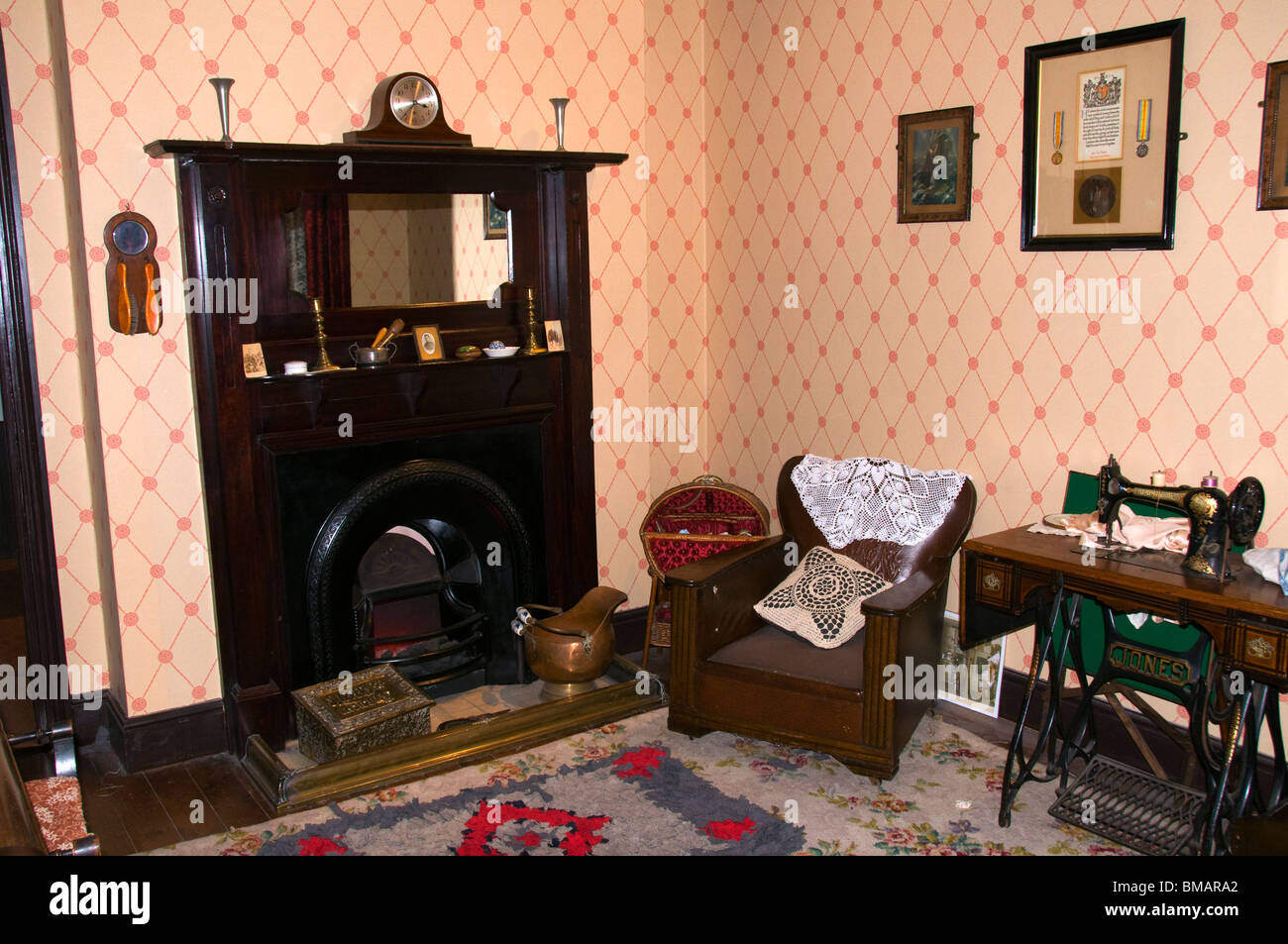 The 1960s and 1970s were marked by a rebellion against traditional design and an embrace of pop culture influences. Living room chairs became more playful, with bright colors and bold patterns. Materials such as shag carpeting and vinyl were popular, and designs often incorporated elements of popular culture, such as iconic movie and music references.
Keywords: Pop culture influence, rebellion, playful, bright colors, bold patterns, shag carpeting, vinyl, popular culture, iconic references
The 1960s and 1970s were marked by a rebellion against traditional design and an embrace of pop culture influences. Living room chairs became more playful, with bright colors and bold patterns. Materials such as shag carpeting and vinyl were popular, and designs often incorporated elements of popular culture, such as iconic movie and music references.
Keywords: Pop culture influence, rebellion, playful, bright colors, bold patterns, shag carpeting, vinyl, popular culture, iconic references
1980s-2000s: The Rise of Eclectic Design
 As we entered the 1980s, living room chair design became more eclectic, with a mix of different styles and materials. This era saw a resurgence of vintage and retro designs, as well as the introduction of new materials like wicker and rattan. With the rise of technology, ergonomic designs also became popular, combining both style and comfort.
Keywords: Eclectic design, mix of styles, vintage, retro, wicker, rattan, technology, ergonomic designs, style, comfort
As we entered the 1980s, living room chair design became more eclectic, with a mix of different styles and materials. This era saw a resurgence of vintage and retro designs, as well as the introduction of new materials like wicker and rattan. With the rise of technology, ergonomic designs also became popular, combining both style and comfort.
Keywords: Eclectic design, mix of styles, vintage, retro, wicker, rattan, technology, ergonomic designs, style, comfort
Conclusion
 The 20th century saw a wide range of living room chair styles, each reflecting the cultural and societal influences of its time. From the ornate and formal designs of the Victorian era to the playful and eclectic styles of the modern age, living room chairs have evolved and adapted to fit the changing needs and tastes of homeowners. Today, we continue to see new and innovative designs emerge, making the living room chair a timeless and essential piece of furniture in any home.
Keywords: Living room chair styles, 20th century, cultural influences, societal influences, evolving designs, timeless furniture
The 20th century saw a wide range of living room chair styles, each reflecting the cultural and societal influences of its time. From the ornate and formal designs of the Victorian era to the playful and eclectic styles of the modern age, living room chairs have evolved and adapted to fit the changing needs and tastes of homeowners. Today, we continue to see new and innovative designs emerge, making the living room chair a timeless and essential piece of furniture in any home.
Keywords: Living room chair styles, 20th century, cultural influences, societal influences, evolving designs, timeless furniture





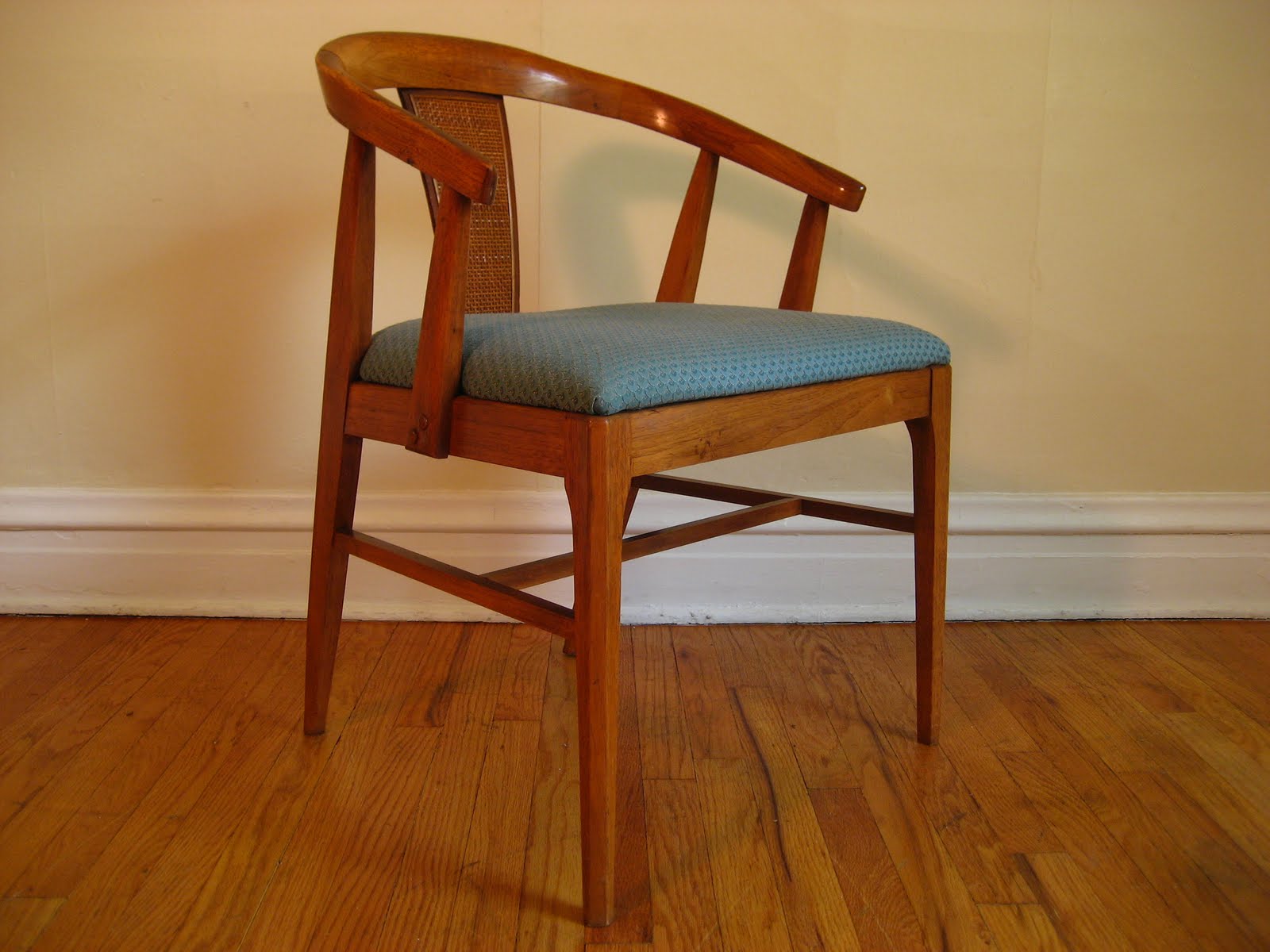


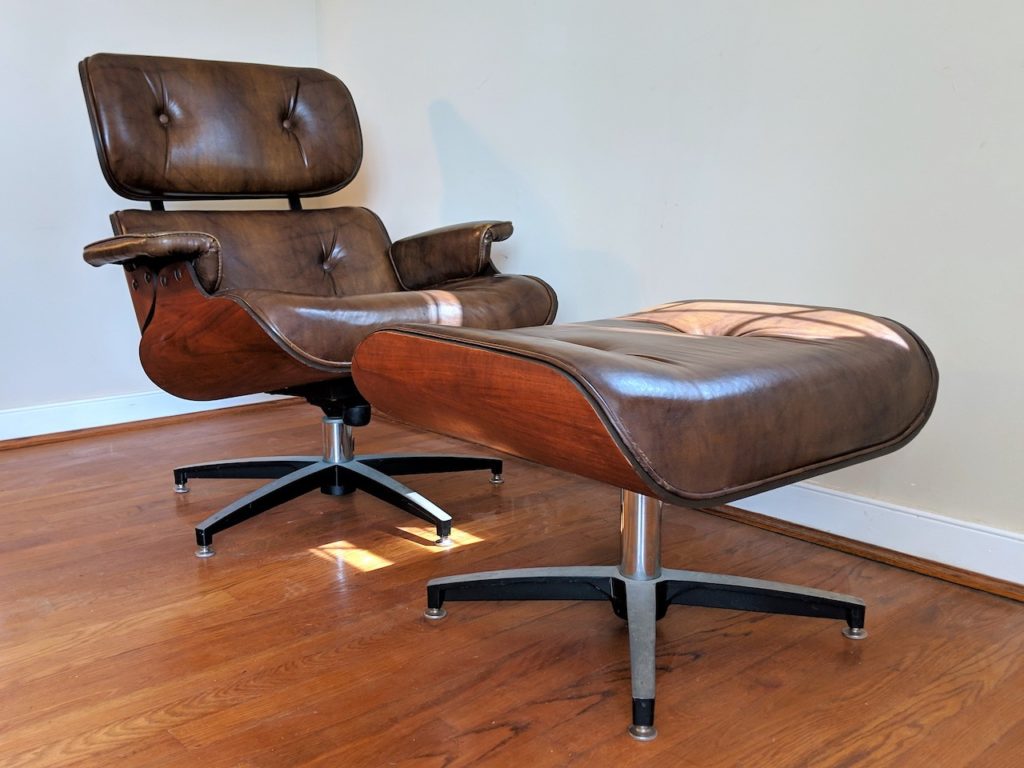
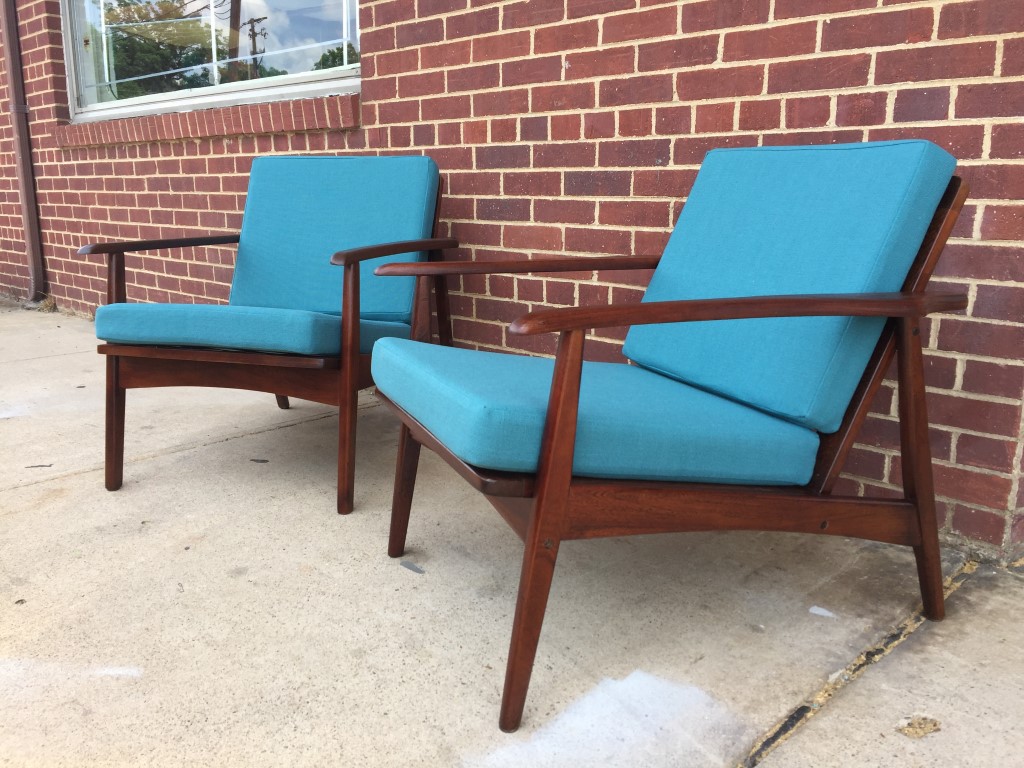
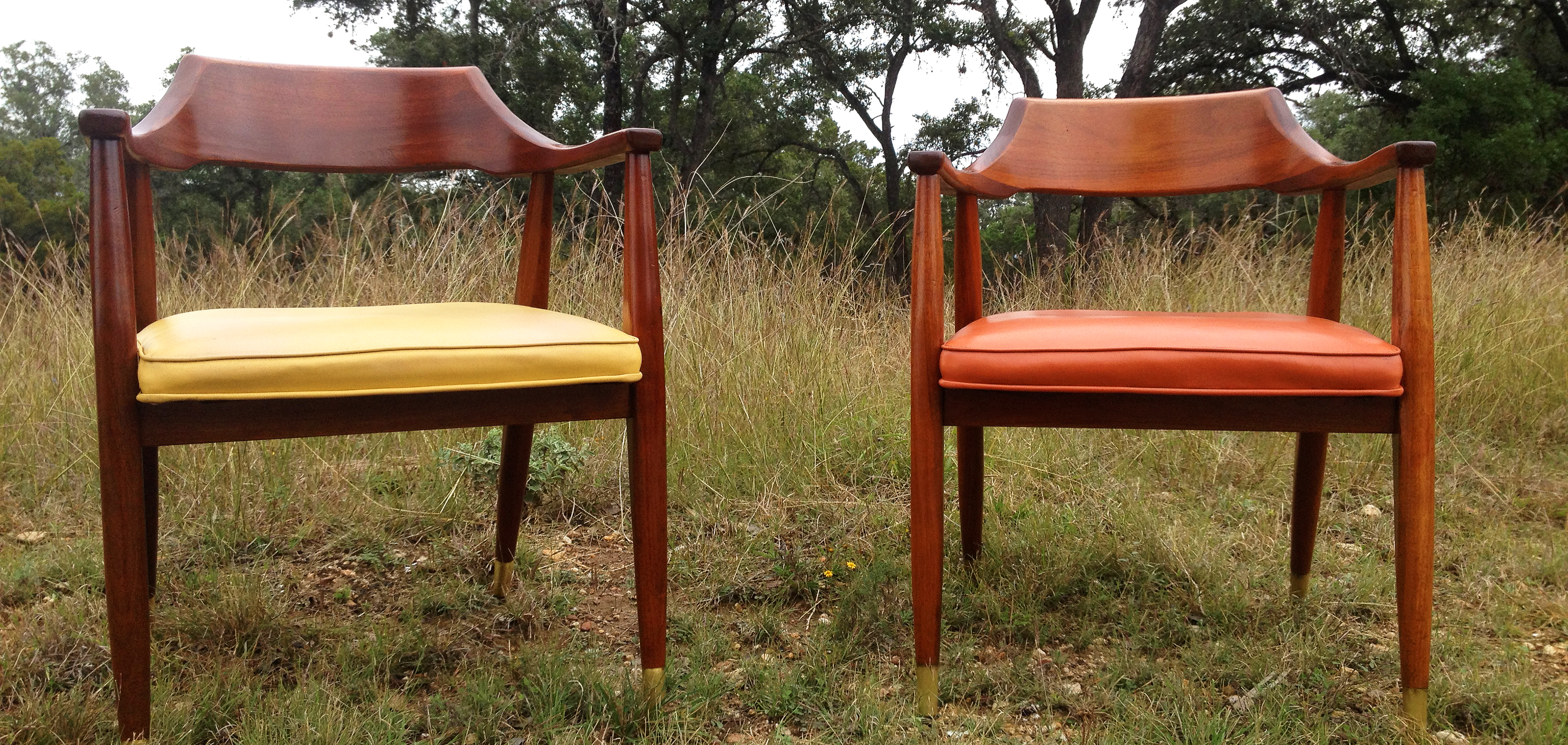
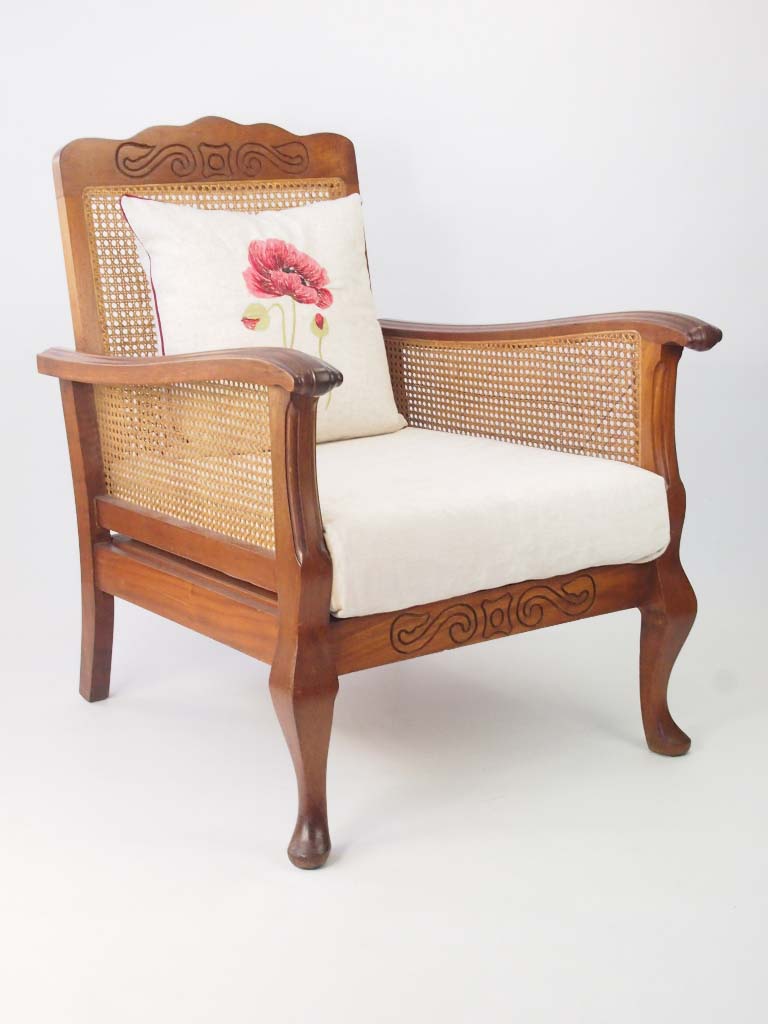
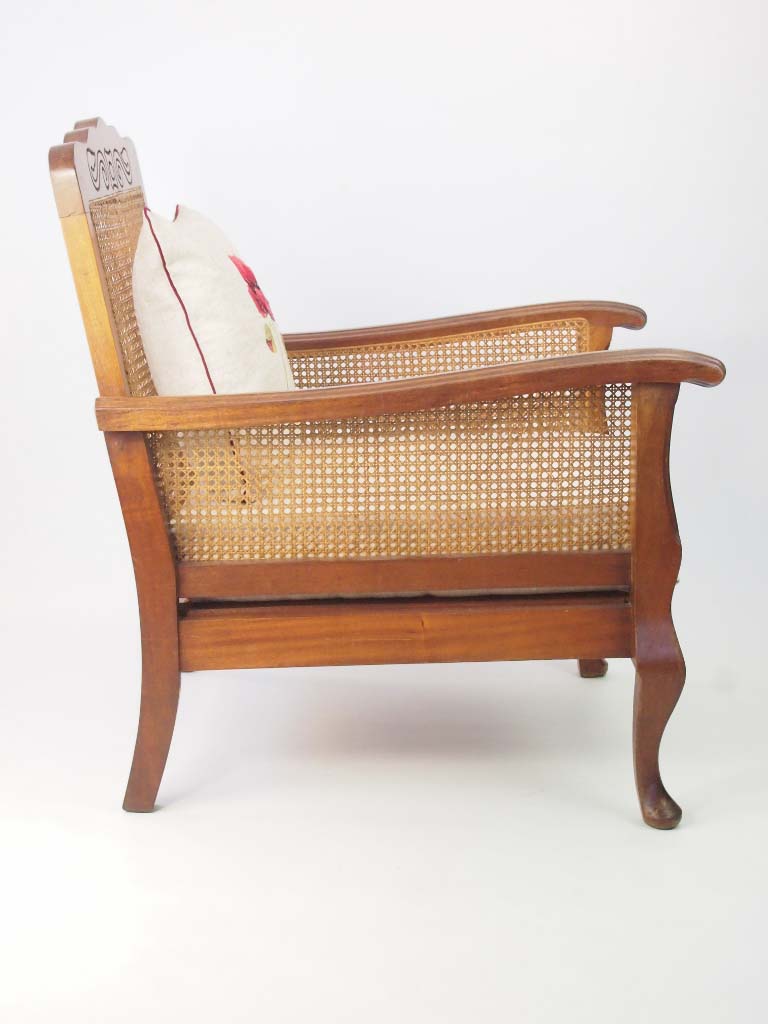



.jpg?maxwidth=3030&maxheight=1950)

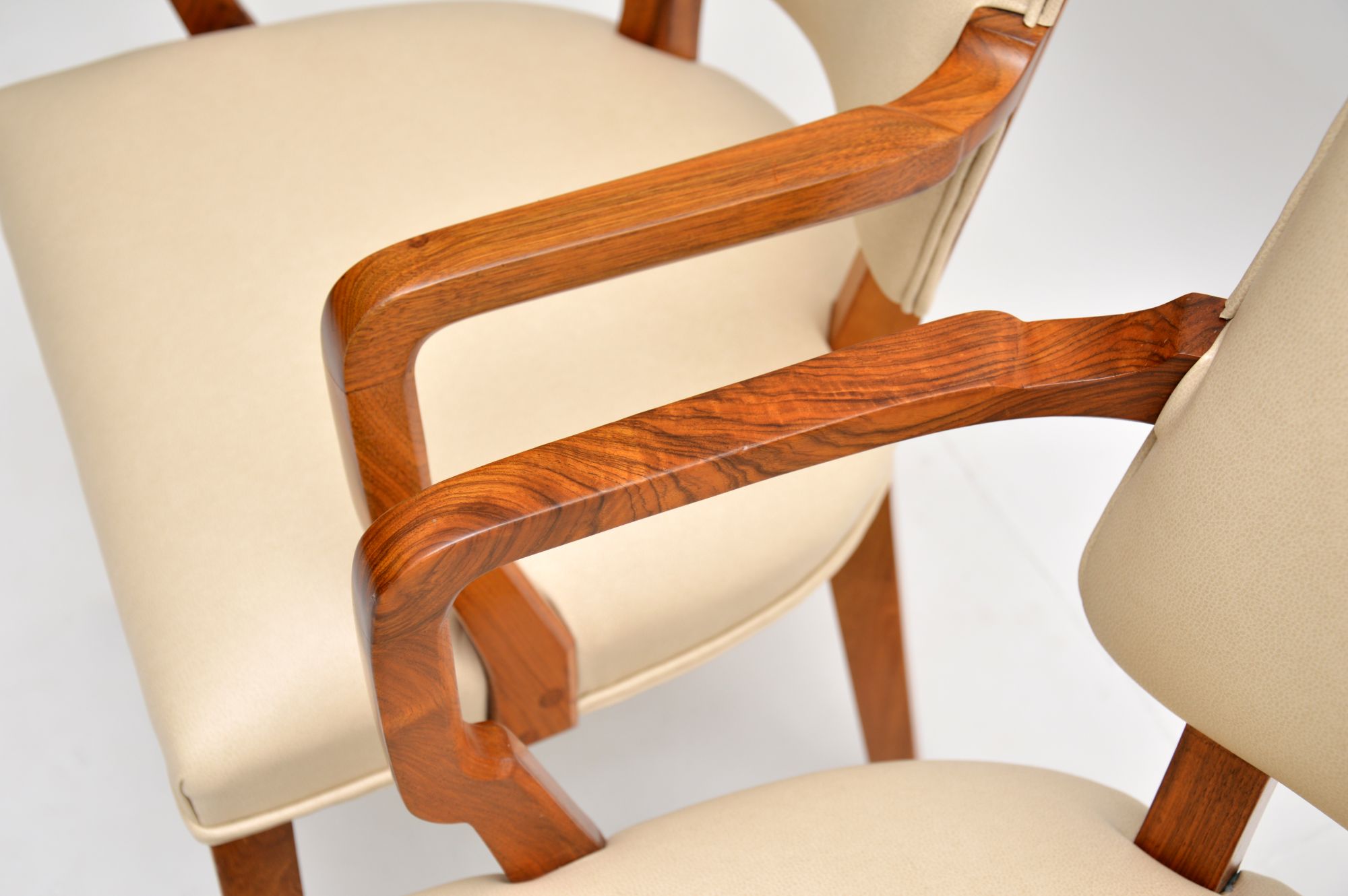



















.jpeg)





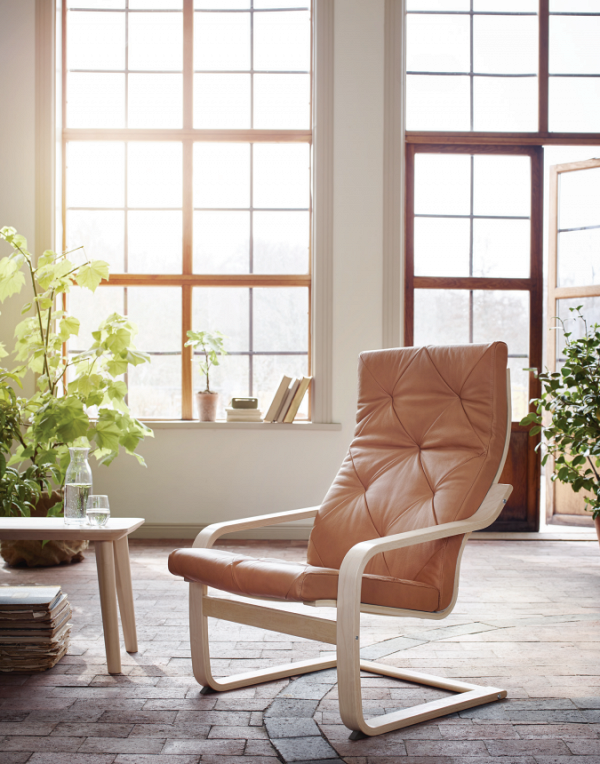

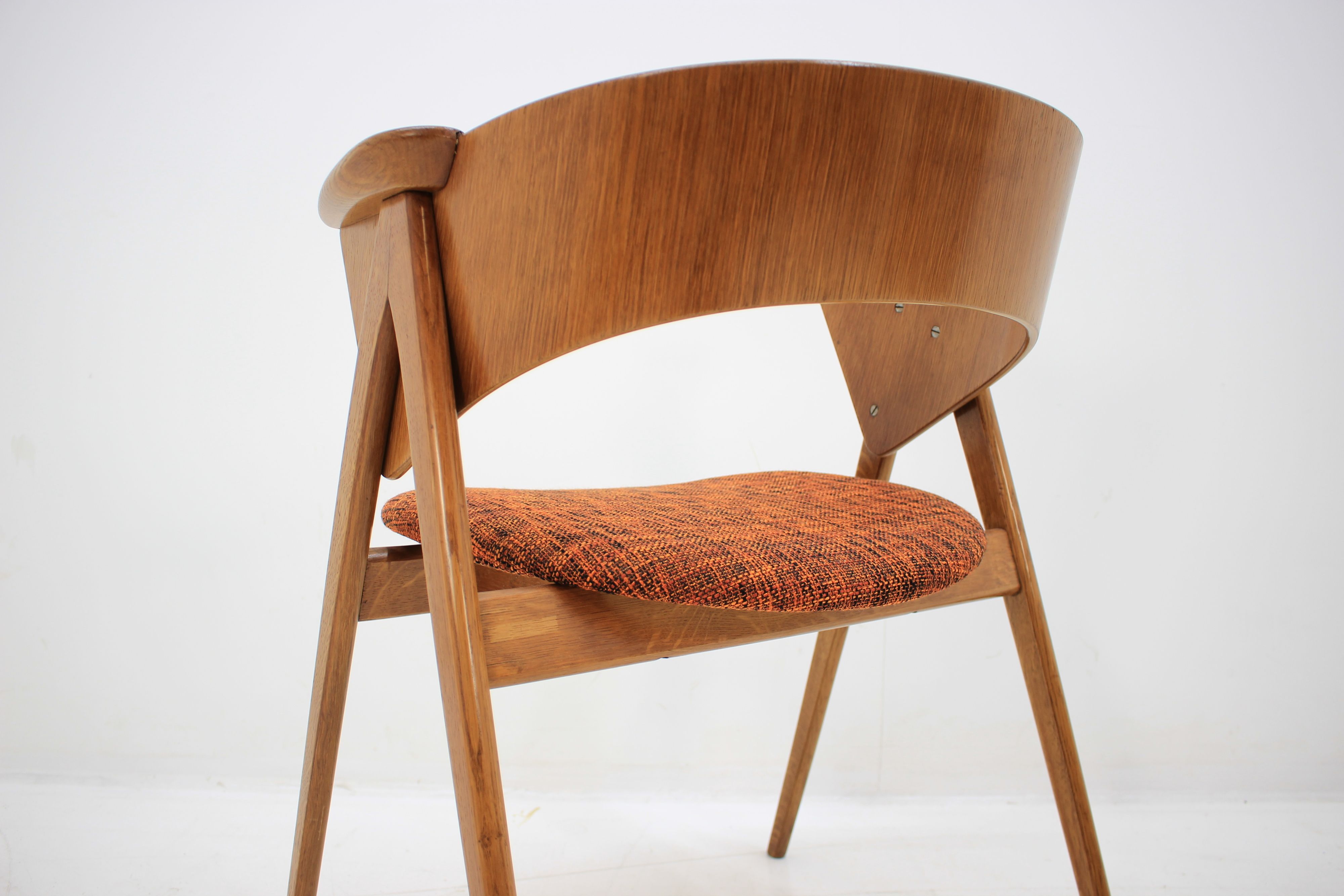





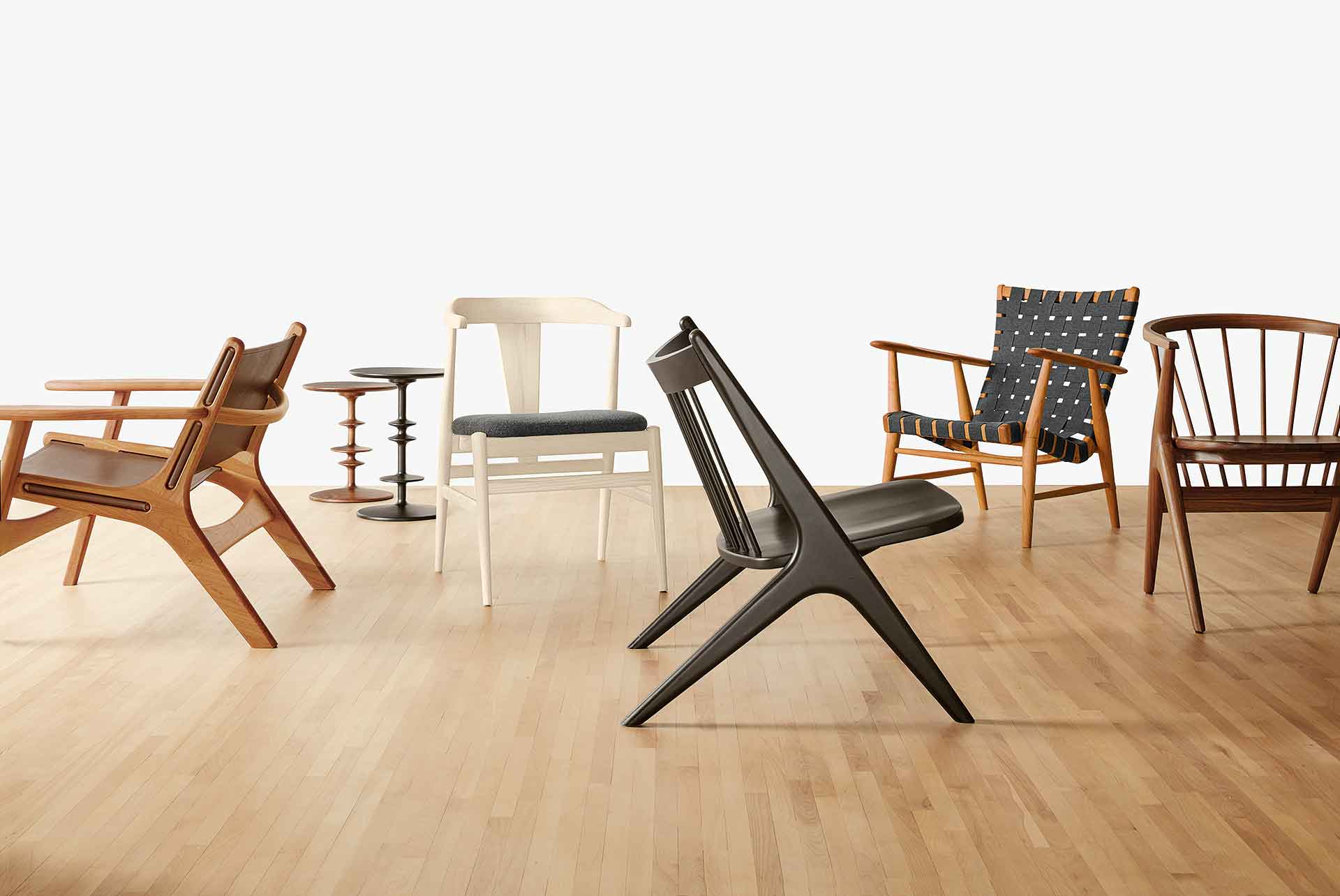
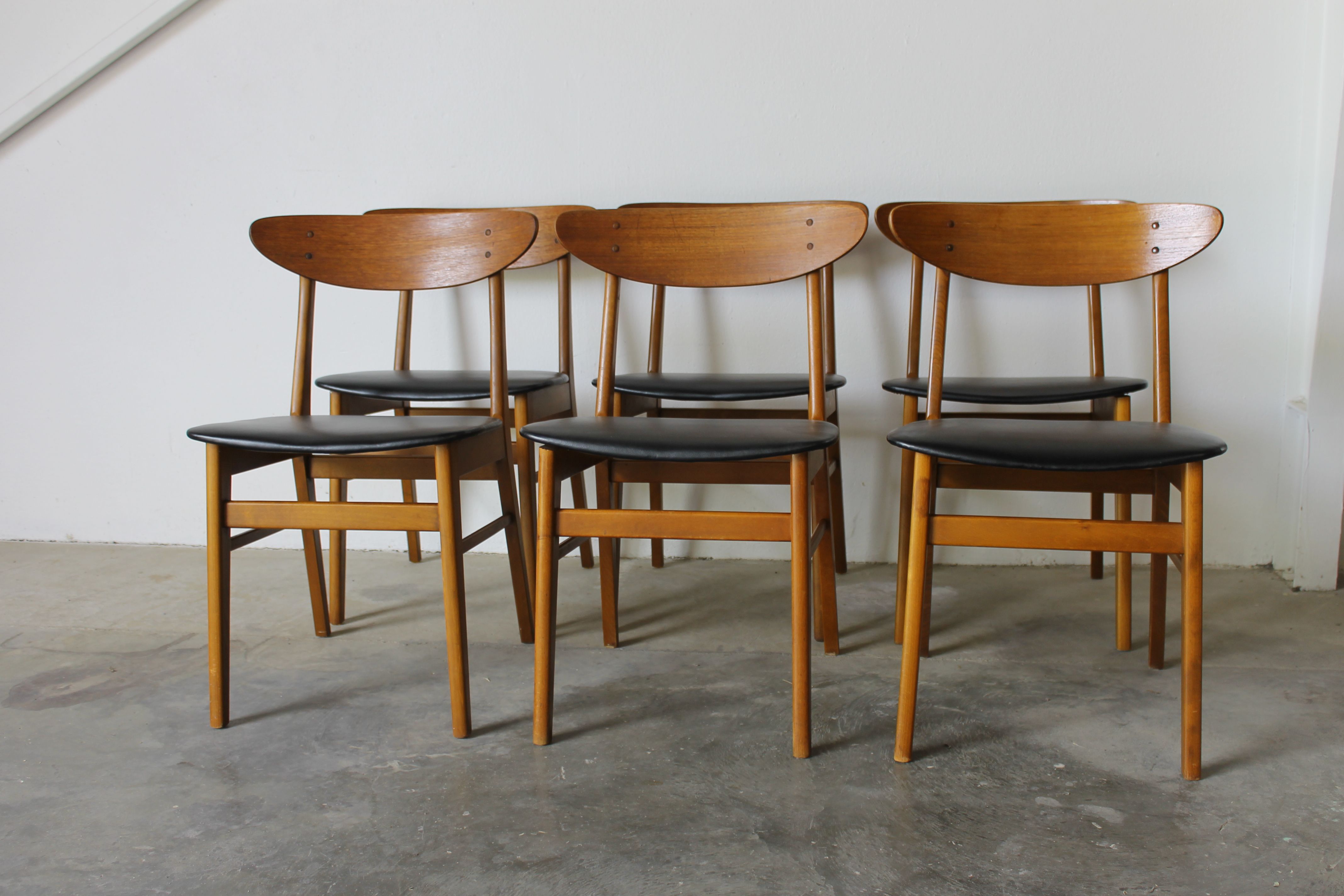




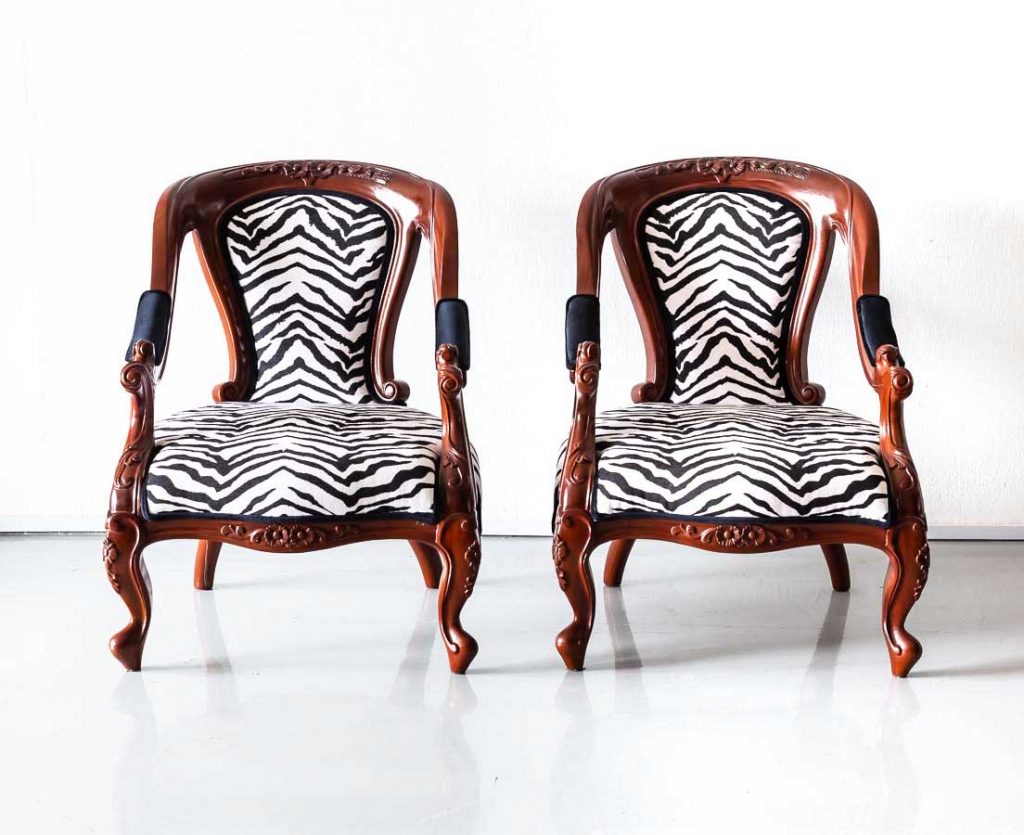


.jpg?maxwidth=1390&maxheight=1300)




